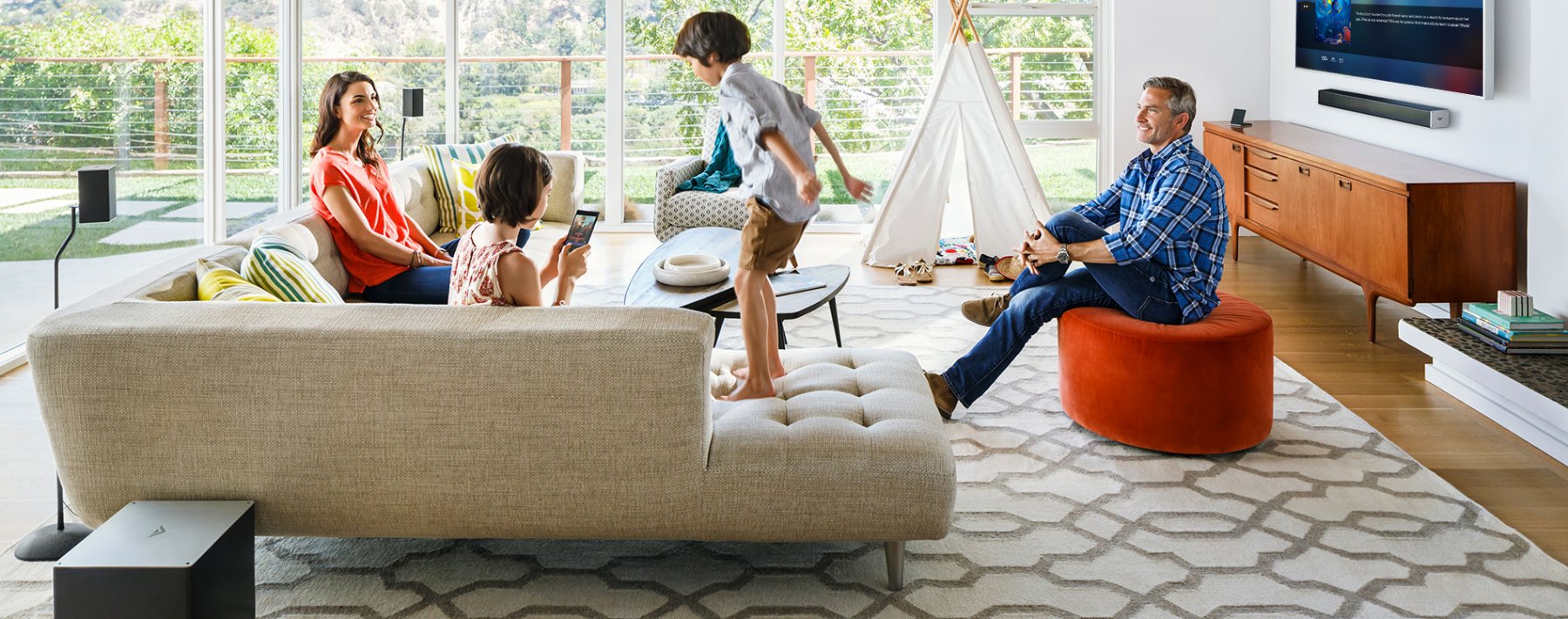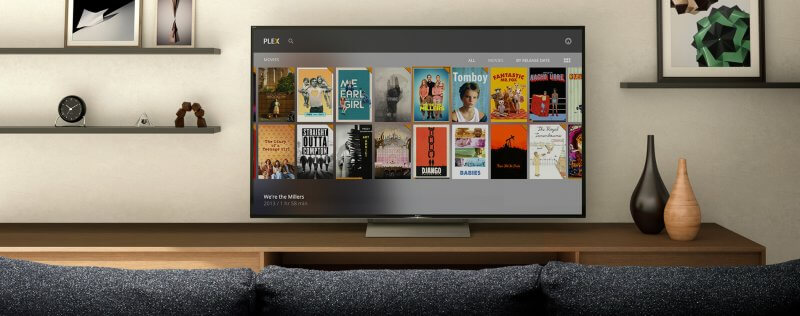What is cord cutting?
People often associate cord cutting with streaming services like Netflix, which are on the rise as traditional cable subscriptions decline. Many people also view cord cutting as a millennial phenomenon.

Cord cutting is a term that means canceling traditional pay TV services, like cable or satellite TV.
These cord cutting perceptions are partly true, but they don’t tell the whole story. Netflix is just one of many over-the-top (or “OTT”) services competing with cable. Some new OTT services even emulate the cable model, allowing cord cutters to channel surf just like cable subscribers – only at a fraction of the cost. And good old-fashioned antenna use is making a big comeback as more and more cord cutters are finding that free, HD-quality, over-the-air TV (or “OTA”) is easy to access with an antenna and an inexpensive digital tuner. These antenna users aren’t necessarily young millennials – many folks have been enjoying OTA broadcasts for years.
Why cord cutting?
Nobody likes paying high cable bills. But if you’re apprehensive about canceling cable entirely, you’re not alone. A lot of people are cutting the cord these days, but it’s still a scary idea to some of us. Cable is expensive, but familiar. Streaming services may seem more complicated, and we’re afraid that we might lose access to our favorite programs.
These fears are understandable, but you need not worry. The reality is that cutting the cord empowers you to choose the content you want, saves you money, and won’t cut off your access to most programs. And when you see how the evidence stacks up, you might ask why everyone doesn’t cut the cord.
Pay less for your content
Cable prices have gone through the roof, and cutting the cord can net you some serious savings. According to the Leichtman Research Group, pay TV subscribers paid an average of $103.00 per month in 2016. And since cable prices have risen by an average of 5.8% per year over the past two decades, we know that the situation is only getting worse. By the way, inflation has averaged 2.2% over that same span, so cable prices are going up faster than inflation!
But how do streaming services like Netflix, Hulu or HBO Now, among others, stack up? Pretty well, it turns out. These streaming services generally cost less than $10 a month. Streaming cable competitors offer live TV for less than $40 a month, and over-the-air broadcasts (NBC, CBS, Univision, BBC, PBS) are completely free with your antenna, a tuner, and Plex. It’s easy to swap cable for streaming alternatives and save hundreds of dollars each year.
Watch what you want, when you want
Because so many streaming services offer video on demand, cord cutters don’t have to let the cable companies control their schedules. While cable users flip through the channels and complain that nothing is on, cord cutters can navigate right to their favorite shows. Play and pause whenever you feel like it – Netflix, Hulu, and other OTT providers accommodate your schedule. On-demand streaming services are the ultimate DVRs.
It’s not just when shows play, but which shows play. With most streaming services, you can choose a list of favorites, get suggestions based on ratings for programs, and hide shows and movies that don’t interest you.
Speaking of things that don’t interest you, you can forget about having to pay for things you don’t watch. Hate sports? Just don’t pay for sports OTT services! It’s as simple as that. When you’re a cord cutter, everything is à la carte.
No commercials
If you’re already paying for cable, then why are there commercials? Many streaming services get their revenue from subscriptions, not from commercials. That means that your viewing time is completely uninterrupted. You know that advertising jingle that you hate more than anything? You never have to hear it again.
So when do you get a snack or use the restroom without commercial breaks? Well, whenever you want – many streaming services show content on demand, so just hit pause and take a break at any time.
Simplify, simplify, simplify
When your content is streamed over the internet, you don’t need much. You’ll need an internet modem and a router (you have those anyway) and perhaps a smart TV or small streaming device (like a Roku, Chromecast, or Apple TV) to stream the content to your TV. For OTA, just install a digital antenna, connect to your digital tuner and that’s it.
Your DVD player? You don’t need it. Cable box? Definitely not. Piles of DVDs? Your VCR? Extra cable boxes in other rooms? Gone, gone, gone. You’ll be free of all of that stuff without losing any content, and you can even make some of your money back with a yard sale or eBay (there are those savings again).




